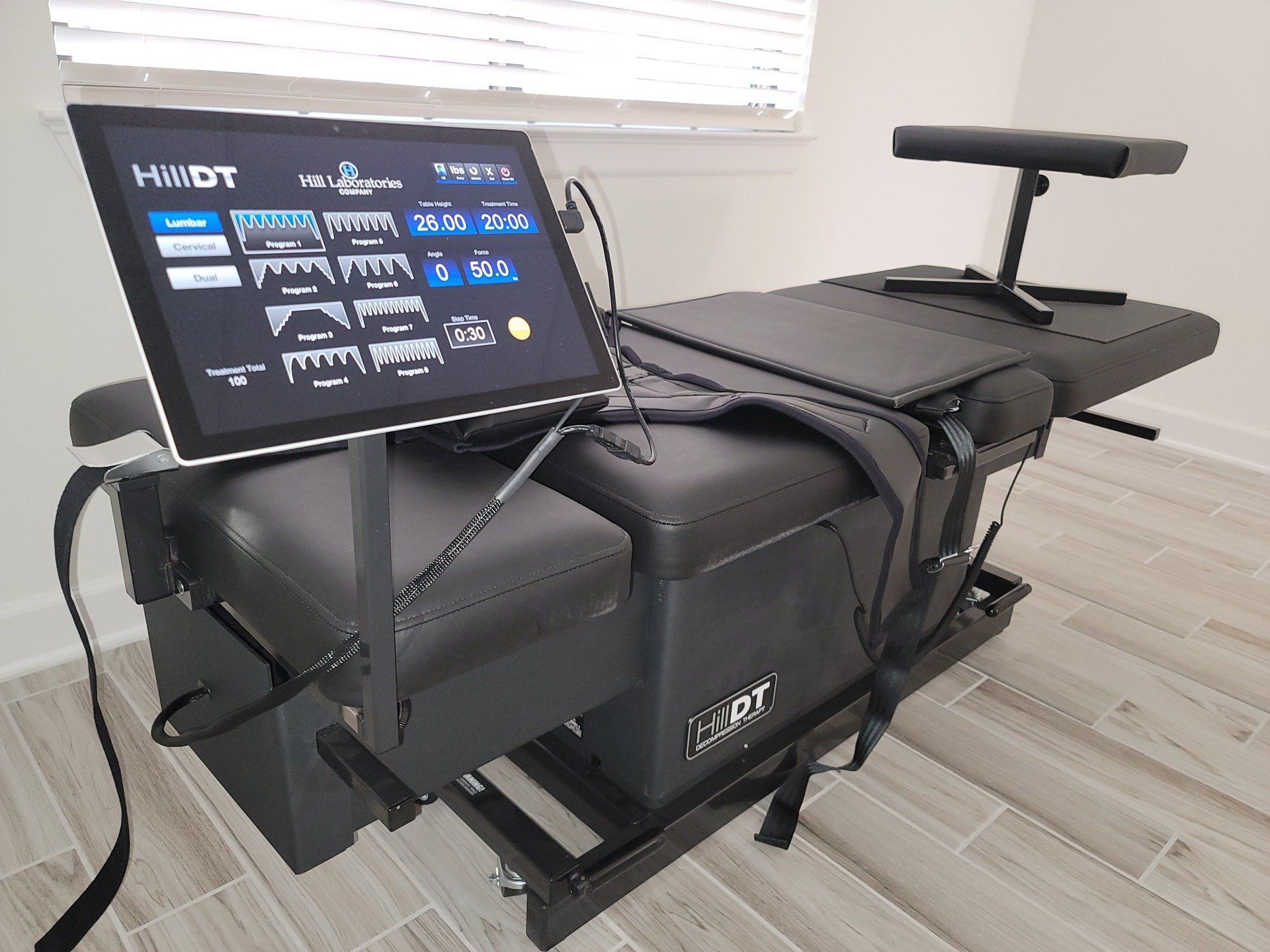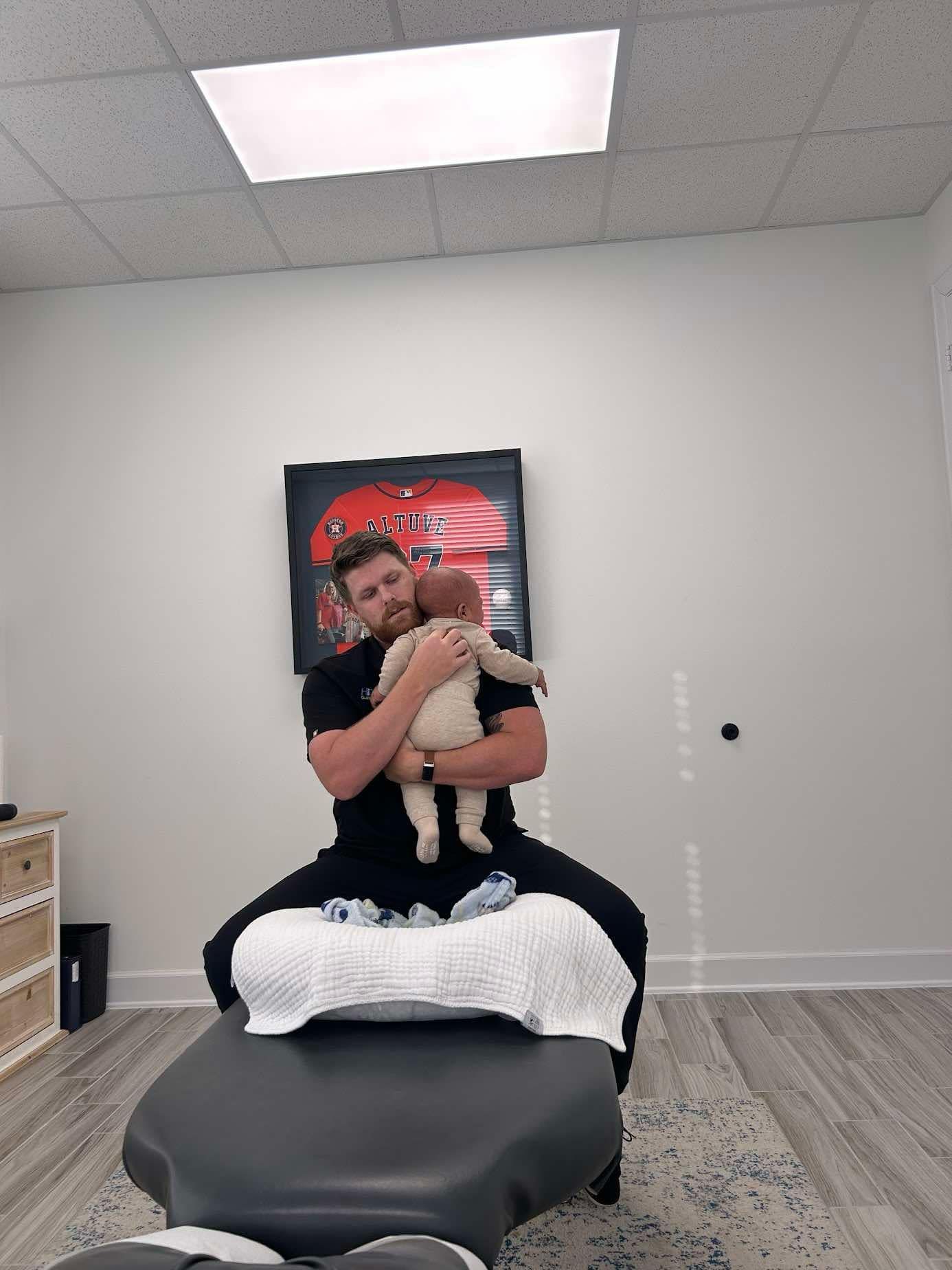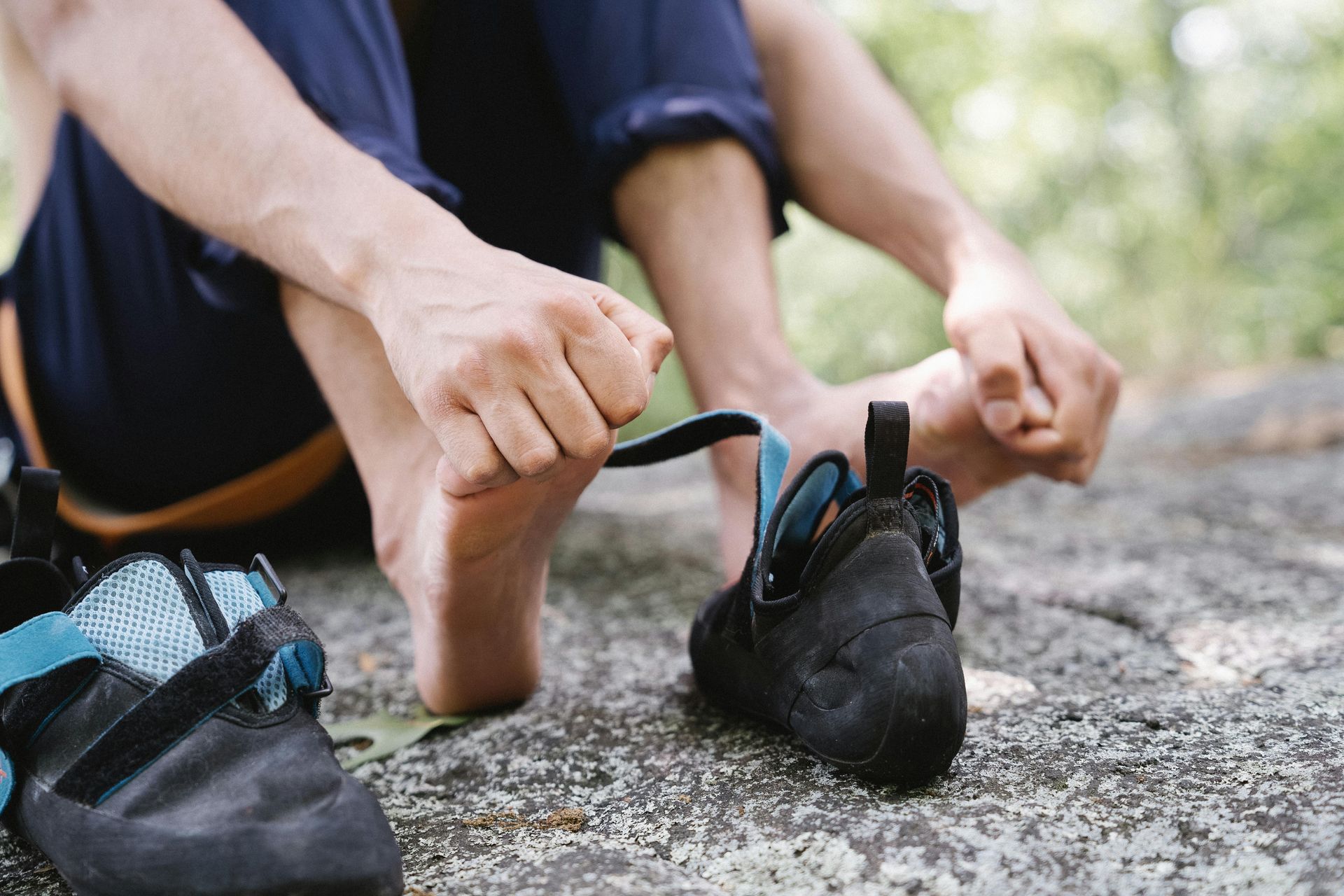Top 10 Ways to Prevent Neck and Back Pain

Neck and back pain is a common problem affecting people of all ages. Experts estimate that 80% of Americans will experience back or neck pain. They also estimate that 80% of those who suffer from back pain will have it again within a year if they don't receive the proper treatment.
How can you prevent such issues? Well, there are many ways to do so, but here are ten tips that can help you prevent back and neck pain:
Strengthen Your Core
Strengthen your core. When it comes to preventing back and neck pain, strengthening the muscles that support your spine is crucial. The core muscles include the trunk (the abdomen, back, and hips) and those that connect the upper body to the lower body (the hips, thighs, and buttocks). These muscles support your spine and pelvis during movement.
The spine has five different regions: cervical (neck), thoracic (upper back), lumbar (low back), sacrum/coccyx (pelvis), and coccygeal junction called a tailbone. Each region has muscles that allow you to move in many directions without pain or stress on your joints or discs. The simplest way to strengthen these core muscles is through exercises explicitly designed for this purpose, such as planks, side planks, glute bridges and bird dogs.
Alternate Between Sitting or Standing When Working
Alternate between sitting or standing when working. When your muscles get used in the same position for an extended period, they can become stiff and sore. This can lead to back and neck pain.
It would help if you took a break every 20-30 minutes to walk around, stretch, and move your body. If possible, get up and walk for at least 2-5 minutes every hour. You could even set an alarm on your phone as a reminder, so you don't forget!
Keep a Thinner Wallet in Your Back Pocket
It would help to keep your wallet in your front pocket to avoid back pain. The ideal thickness of a wallet is 2-3 inches, and when it's thicker, it can put pressure on your lower back. If this isn't possible (if you must carry a wallet), keep the bulkiness to a minimum by keeping the contents flat and organized.
Remember that if you must carry something in your back pocket (for instance, if you are bringing some cash), try not to sit down for long periods with that object pressing into your pelvis.
Practice Good Posture
Good posture is essential for your back and neck. It also improves your overall health and appearance and can make you feel more confident.
If you struggle to maintain good posture, start by making it a habit. When you sit at a desk or drive in a car for long periods, put your feet flat on the floor and keep both feet planted firmly. This helps take pressure off your lower back, so it doesn't arch into an unnatural shape.
When standing upright with good posture, hold yourself up using muscles in the legs instead of putting pressure on joints such as those between vertebrae or discs between vertebrae (discs are soft pads made primarily from cartilage). You'll notice that when you stand up this way, there's less strain on these joints; they're better able to withstand weight without being damaged as easily!
Avoid the "Text Neck" When Sleeping
Text neck is accurate, and it's happening all around us. A recent study found that the average person spends around three hours daily with their head bent forward, looking down at their smartphones. This unnatural neck positioning can lead to an increased risk of neck pain and injury over time.
The best way to avoid text neck is to stop using your phone while in bed. However, if you must use your phone in bed (for example, to read an e-book), hold the device at eye level, so you don't have to crane your neck downward.
Adjust the Height of Your Computer Screen
You'll want to ensure that your computer screen is at eye level. If you're sitting, raise or lower the height of your chair to keep your elbows at a 90-degree angle. If standing, adjust your chair so that your knees are slightly bent when standing up straight and looking down at the screen.
This will ensure that you're not straining your neck by projecting it forward or backward to see what's on the screen.
Do Not Slouch When Standing or Sitting
When you are sitting or standing, keeping your back straight is essential. Avoid slouching as much as possible, especially when you're at work. Slouching can cause back pain and make existing conditions worse.
When you slouch, the muscles in your lower back become tight because of the constant strain placed upon them, which makes them more likely to pull and hurt later on. When you have good posture, those same muscles are more relaxed and not pulling on the bones of your spine as much.
Wear Comfortable, Low-Heeled Shoes
You can reduce your risk of back pain by wearing comfortable shoes. The best shoe type is one with a low heel height, no more than one inch. High heels cause the pelvis to tilt forward and the lower back to arch backward. This position stresses muscles in your lower back and hips, eventually leading to serious injury if not corrected.
Non-heeled flat shoes are also an excellent choice because they support all parts of your foot while allowing them to move as naturally as they would when walking barefoot or in socks. The bottom line: your feet need attention!
Maintain an Optimal Weight for Your Health and Appearance
Maintaining an optimal weight for your health and appearance is essential for the overall health of your spine. Excess weight puts added pressure on the spine, causing it to weaken or deform over time.
This can lead to pain and injuries, including slipped discs in the lumbar region (lower back), degenerative disc disease in the cervical spine (neck), and spondylosis in the thoracic region (upper back).
Weighing too much also causes excess strain on your muscles and joints, which can cause further injury. Maintaining a healthy weight is crucial, so you don't experience any problems with your back or neck!
Sleep on a Supportive Mattress Instead of a Soft One
A supportive mattress is essential for maintaining the health of your spine. A soft mattress can make it challenging to maintain the natural curve in your lower back and neck, leading to chronic pain and other issues.
Several experts recommend replacing your mattress every eight years—but if you're experiencing any sort of dip or sag in its shape or if you notice an indentation where you sleep most often, consider buying another sooner.
An excellent way to determine whether or not you should replace your current mattress is by lying down on it and seeing how much weight sinks into it instead of being supported by springs underneath (like when sitting up in bed). If some sinking happens after lying down for five minutes, then perhaps it's time for an upgrade!
Reach Out to HD Performance Chiropractic Care Today
If you want to avoid back and neck pain, it's vital to be proactive. You can't make it go away by wishing it away or hoping that someone else will take care of it. Instead, take charge of your health and wellness.
There are many things you can do to prevent back and neck pain. If you have pain, seek treatment as soon as possible, so the problem does not worsen. This may be an excellent time to consider chiropractic care from HD Performance chiropractic clinic!
If you are interested in learning more about our services at HD Performance Chiropractic, contact us online or call (832) 479-9558 to schedule an appointment today! We look forward to helping you live better!










